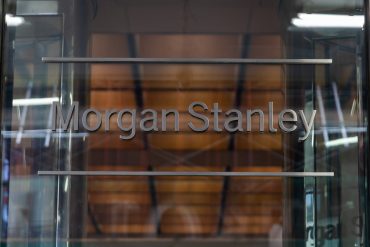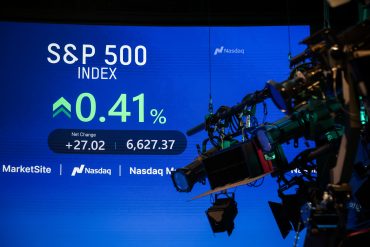
- Corporate Governance
- Financial Regulation
- Quarterly Earnings
SEC Proposes Switch from Quarterly to Semiannual Reporting
5 minute read

SEC reporting reform aims to reduce compliance costs and encourage long-term strategic planning for public companies
Key Takeaways
- SEC proposes optional semiannual reporting allowing public companies to choose between quarterly and six-month earnings disclosures, with rules potentially taking effect by 2027
- Market-driven approach emphasized by SEC Chairman Paul Atkins, who states “the market can decide what the proper cadence is” while investors will demand necessary information transparency
- Tech sector compliance costs targeted as the change aims to reduce administrative burdens and free up resources for long-term strategic investments over short-term earnings pressure
Introduction
The Securities and Exchange Commission moves toward allowing public companies to abandon quarterly earnings reports in favor of semiannual disclosures. SEC Chairman Paul Atkins confirms the agency will propose rule changes following President Donald Trump’s directive to eliminate quarterly reporting requirements.
This regulatory shift represents a fundamental change in how publicly traded companies communicate financial performance to investors. The proposal emerges from growing concerns that quarterly reporting promotes short-term thinking at the expense of long-term value creation.
Key Developments
Trump initiated the current push through social media advocacy, arguing that reduced reporting frequency would “save money, and allow managers to focus on properly running their companies.” The president previously attempted similar reforms during his first term in 2018, though that effort stalled without regulatory action.
Atkins embraces the market-driven approach, stating during a CNBC interview that “in principle, proposing change [is] a good way forward.” The SEC chair emphasizes that companies would retain flexibility to choose their preferred reporting schedule rather than face mandatory changes.
The regulatory framework builds on existing precedents. Foreign private issuers already operate under semiannual reporting requirements, while European markets transitioned away from quarterly reports in 2013. These international examples provide operational models for implementation.
Market Impact
The proposal generates mixed reactions across investor communities and corporate sectors. Technology companies with extended product development cycles stand to benefit most from reduced reporting pressure, potentially allowing greater focus on innovation timelines.
Compliance cost savings represent immediate financial benefits for public companies. Resource-intensive quarterly reporting requirements particularly burden tech firms with complex revenue models and frequent merger activity. Administrative cost reductions could redirect capital toward core business operations.
However, transparency concerns emerge from investor advocacy groups. The CFA Institute argues that extended reporting periods provide minimal impact on short-termism, suggesting that companies should instead modify executive incentive structures from three-year to five-year performance periods.
Strategic Insights
The regulatory change reflects broader tensions between transparency requirements and operational flexibility. Companies operating in fast-moving sectors face particular challenges balancing immediate disclosure obligations with strategic planning needs.
Long-term strategic thinking receives emphasis as a primary benefit. Supporters including the Long-Term Stock Exchange argue that quarterly pressure distorts management decision-making and undermines sustainable value creation. Norway’s sovereign wealth fund similarly advocates for reduced reporting frequency.
Market efficiency questions arise from the transparency trade-offs. Critics warn that less frequent disclosures increase information asymmetry, particularly affecting retail investors who rely on regular financial updates to assess company performance and risk profiles.
Expert Opinions and Data
Atkins frames the initiative within his broader “make IPOs great again” agenda, describing these measures as “among the first steps” to reinvigorate public market participation. The SEC chair plans complementary reforms including enhanced accommodations for smaller companies and simplified disclosure requirements.
According to Reuters, market participants will ultimately determine optimal reporting cadences through their information demands and investment decisions.
SEC Chief Accountant Kurt Hohl acknowledges the evolving regulatory landscape, noting that “times have changed” while describing current discussions as preliminary. The White House maintains closer involvement in regulatory agency decisions compared to previous administrations, potentially accelerating implementation timelines.
Conclusion
The SEC’s optional semiannual reporting proposal represents a significant shift toward market-driven disclosure requirements. The Republican-majority commission appears positioned to advance the rule changes through formal proposal and public comment processes.
Implementation remains contingent on stakeholder feedback and final rule adoption, with potential effectiveness beginning in 2027. The proposal balances corporate operational flexibility against investor transparency needs, creating a framework where market forces determine optimal reporting frequencies.








